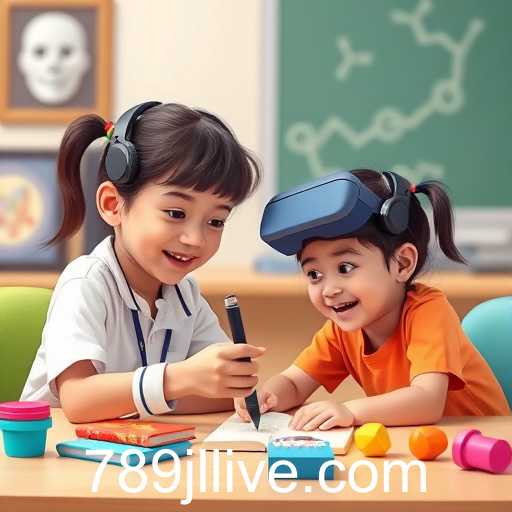This article explores the growing category of educational games, tagged by the keyword '789jl,' which combines learning with entertainment. It discusses the various subjects these games cover, the benefits of gamification in education, and how technology enhances these interactive learning experiences. The piece also addresses the importance of design in creating games that are both educational and enjoyable.
In the digital age, the concept of learning has seamlessly intertwined with entertainment, leading to the rise of 'Educational Games.' This genre, denoted by the keyword '789jl,' represents a unique category on various online platforms that seeks to educate while simultaneously entertaining its users. These games are designed to cultivate a variety of skills including critical thinking, problem-solving, and subject-specific knowledge, making them an attractive supplement to traditional education methods.
Educational games cover a broad spectrum of subjects and age groups. From mathematics to history, language arts to science, these games provide interactive experiences that stimulate and engage learners. For younger audiences, there are games with fundamental mathematical challenges or basic reading and comprehension exercises. In contrast, older students might delve into more complex topics like coding, advanced problem-solving, or historical strategy games that require them to critically analyze scenarios and make decisions based on historical contexts.
One of the significant advantages of educational games is their ability to create an engaging learning environment. Unlike conventional education systems that might suffer from rigidity and lack of motivation among students, educational games introduce an element of fun and excitement. This gamified approach to learning has been shown to improve retention rates and spark a genuine interest in continual learning. Additionally, games are often designed with various levels of difficulty, allowing players to progress at their own pace and offering rewards and motivation to keep them engaged.
Moreover, educational games often incorporate modern technology trends such as augmented reality (AR) and virtual reality (VR). These technologies offer immersive experiences that can simulate complex environments and situations, providing learners with a practical understanding of concepts. For instance, AR games can teach anatomy by allowing players to explore a 3D model of the human body, making abstract concepts tangible and easier to comprehend.
However, the effectiveness of educational games largely depends on their design and the objectives they aim to achieve. Game developers must ensure that these games balance educational content with enjoyable gameplay mechanics to avoid creating a product that either feels too much like traditional learning or lacks substantive educational value. Also, educators and parents need to evaluate the educational quality and suitability of these games for their students or children.
In conclusion, the category of 'Educational Games' under the keyword '789jl' represents a powerful tool in modern education. By merging entertainment with learning, these games offer innovative ways to engage learners of all ages and encourage them towards academic growth and intellectual curiosity. As technology continues to evolve, the potential for educational games to enhance learning experiences only expands, promising a future where education is not only a duty but a compelling adventure.




